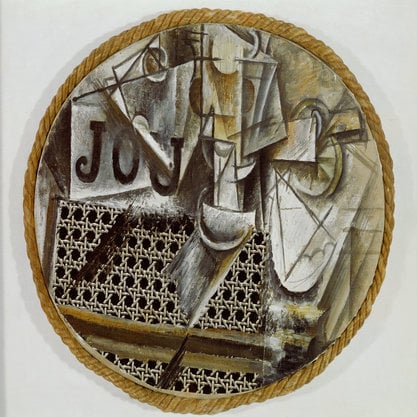Article
Cézanne, Paul (1839–1906) By Hamlin, Amy Kelly
Article
Paul Cézanne was a French painter, whose innovative techniques and original interpretations of traditional genres made him perhaps the most influential artist in the early history of modernism. Affiliated primarily with Post-Impressionism, Cézanne famously declared: ‘I wanted to make of Impressionism something solid and enduring like the art in the museums’. Along with his Post-Impressionist contemporaries Paul Gauguin, Vincent Van Gogh, and Georges Seurat, Cézanne advanced the lessons of the Impressionist painters with whom he was initially affiliated. His grasp of colour and composition, however, reflect his study of Éugene Delacroix and Nicolas Poussin. But it was Cézanne’s ability to represent underlying structures in nature, while retaining gestural but disciplined brushstrokes, that earned him the admiration of artists such as Henri Matisse and Pablo Picasso.


